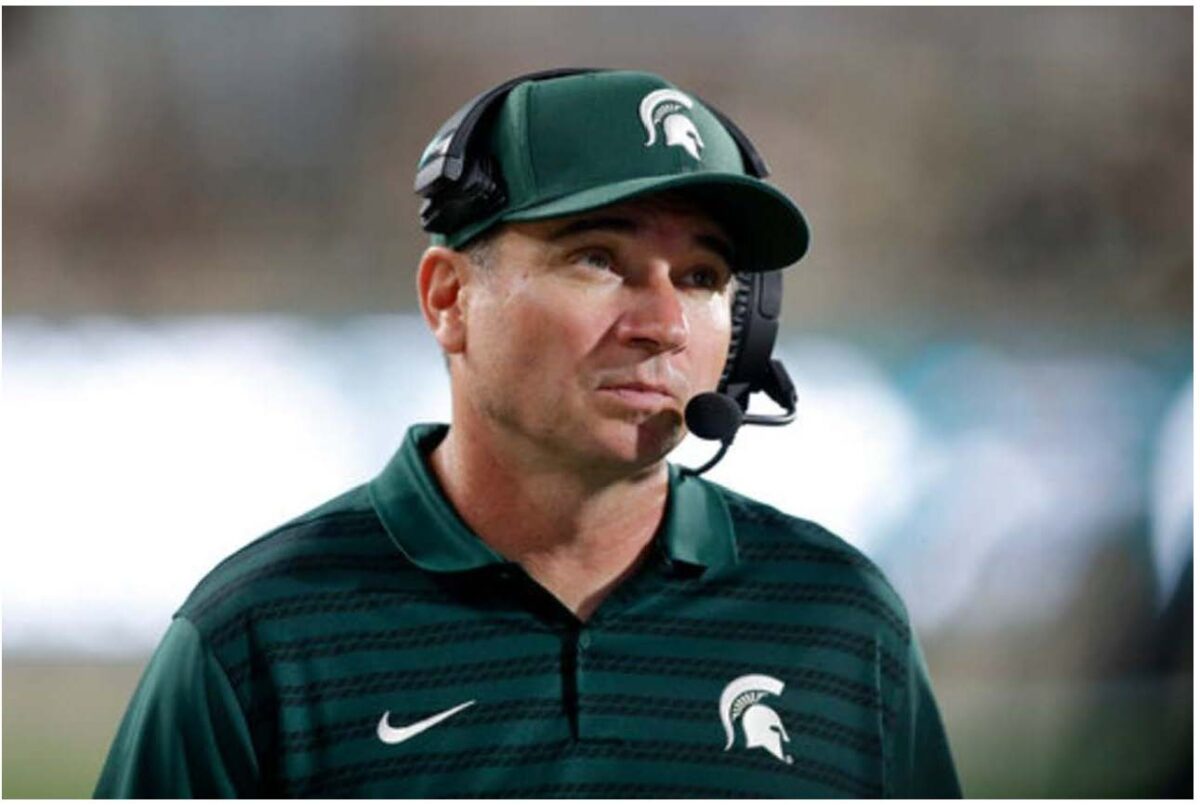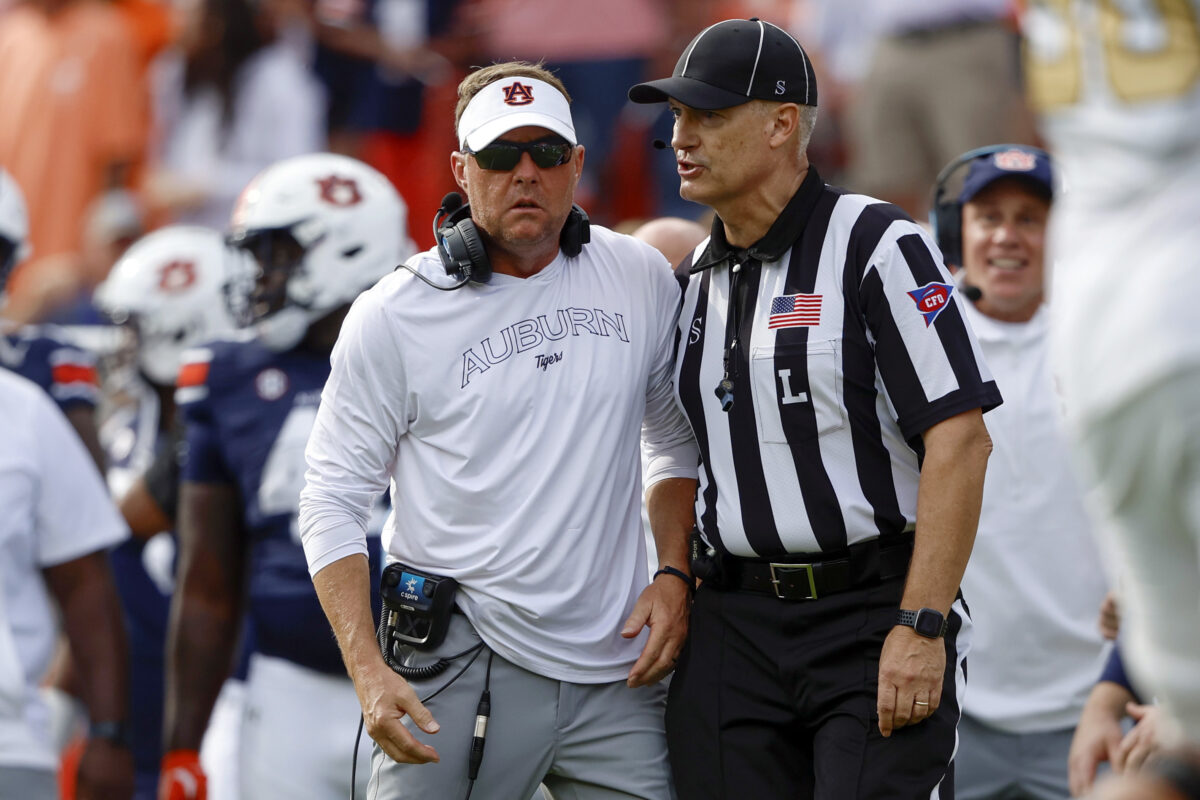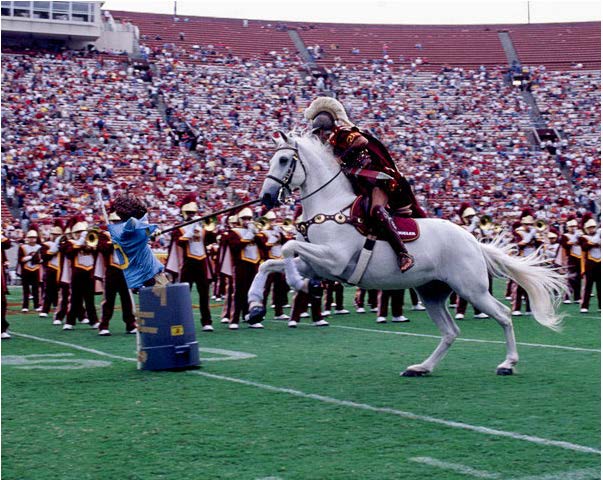Blog Article
Michigan Is 6-4 And Barely Functional. Michigan State Scores 13 Points Per Game And Can’t Stop Anyone. Here’s Why Saturday’s Rivalry Game Will Be A Clinical 30-13 Win For The Wolverines (And Why Neither Fanbase Should Celebrate)
There’s a moment in every rivalry when one team stops playing to win—and starts playing not to lose.
This is not a game between two good teams. This is a game between a disappointing Michigan squad that’s learned to stop embarrassing itself, and a Michigan State program that can’t stop the bleeding. The Wolverines aren’t elite. They’re just competent enough to handle a disaster.
Michigan Isn’t Good—They’re Just Less Bad Than Before
Control is not aggression.
For Michigan, it’s survival. After Oklahoma exposed them and USC humiliated them, Sherrone Moore’s program didn’t transform into something great. They transformed into something functional. They stopped trying to be what they’re not and started grinding out wins against inferior competition.
Justice Haynes runs hard because that’s all this offense can do.
7.4 yards per carry sounds impressive until you realize Michigan hasn’t played a defense worth a damn since Week 4. They’re averaging 188 rushing yards per game because they’ve played Maryland, Washington, and Illinois—not exactly murderers’ row. This isn’t a dominant rushing attack. It’s a mediocre offense that figured out how to pick on bad defenses.
Michigan fans aren’t celebrating this version of the team—they’re tolerating it.
Moore inherited a national championship roster and turned it into a 6-4 team that wins ugly. The offensive line is solid. The running back is good. Everything else? Pedestrian at best. This isn’t the program that won it all last year. This is the program desperately trying not to become irrelevant.
Michigan State Is a Complete Disaster
When you press for meaning, you lose it.
Michigan State isn’t just bad—they’re historically terrible. Four straight losses. 13 points per game in their last four conference games. 39.8 points allowed on average. Three straight second halves where they looked like they forgot football was a real sport.
Jonathan Smith’s second season in East Lansing has been a step backward.
The offense can’t score. The defense can’t stop anyone. The special teams are a liability. Smith’s rebuilds take time—his track record at Oregon State proves that—but right now, the Mel Tucker mess he inherited looks worse, not better.
Look at their play-calling. They abandon what works because nothing works. They force throws because they’re desperate. They substitute constantly because no combination of players makes a difference.
This is a program in free fall with no parachute.
The Actual Matchup: Mediocre vs Terrible
Football isn’t about momentum.
It’s about who can execute basic tasks without falling apart. Michigan can run the ball against bad defenses. Michigan State can’t stop anyone from running the ball. This isn’t strategy—it’s arithmetic.
Haynes will get his yards because Michigan State’s front seven is Swiss cheese. Michigan’s defense will suffocate an offense that couldn’t score on a JV squad. The Wolverines will win this game doing exactly what they’ve done for six weeks: run the ball, kill the clock, and wait for the other team to collapse.
That’s not dominance—that’s taking advantage of incompetence.
The third quarter will tell the story, like it always does. Michigan will come out running the same plays they’ve run all game. Michigan State’s defense will be tired, frustrated, and making mistakes. Haynes will break a couple of runs, Michigan will extend the lead, and the Spartans will quit.
Not because Michigan is great—because Michigan State is that bad.
This Rivalry Has Become One-Sided
Most people think rivalries equalize teams.
That’s a myth. Rivalries amplify the gap between programs going in opposite directions. Michigan is trending toward mediocrity. Michigan State is trending toward irrelevance.
When Haynes rips off his third big run, watch the Spartan sideline. Players will stop fighting. Coaches will stop believing. That’s when you know a program has lost its soul—when even rivalry week can’t manufacture a fight.
Michigan State came into this season hoping Jonathan Smith’s rebuild would show signs of life in year two. Instead, they’ve regressed. Smith’s track record suggests he can fix this—he turned Oregon State from laughingstock to contender—but rebuilding the Mel Tucker disaster takes time. Meanwhile, Michigan fans are wondering if Sherrone Moore is the guy to lead them back to relevance—or just another mediocre coach riding the fumes of Jim Harbaugh’s success.
The Real Story
It’s about two programs trying to figure out who they are.
Michigan isn’t elite anymore. They’re not even good. They’re just functional enough to beat bad teams and avoid total embarrassment. Moore has stabilized the program after a rough start, but stabilization isn’t excellence.
Michigan State, meanwhile, has no idea what they are—except terrible.
One team figured out how to stop the bleeding. The other can’t find the tourniquet. That’s not a rivalry game—that’s a mercy killing.
The Takeaway
Saturday won’t be close—it will be clinical.
Michigan 30, Michigan State 13. But don’t mistake clinical for impressive. Michigan will win because they’re playing a team that can’t score, can’t stop the run, and can’t manufacture any reason to believe things will get better.
This isn’t a statement win for Michigan—it’s a layup.
For Michigan State, it’s another reminder that this season can’t end fast enough. For Michigan fans, it’s another reminder that competent isn’t the same as contending.
And for the rest of college football? It’s a reminder that rivalry games only matter when both teams show up.
Saturday, only one team will bother.











